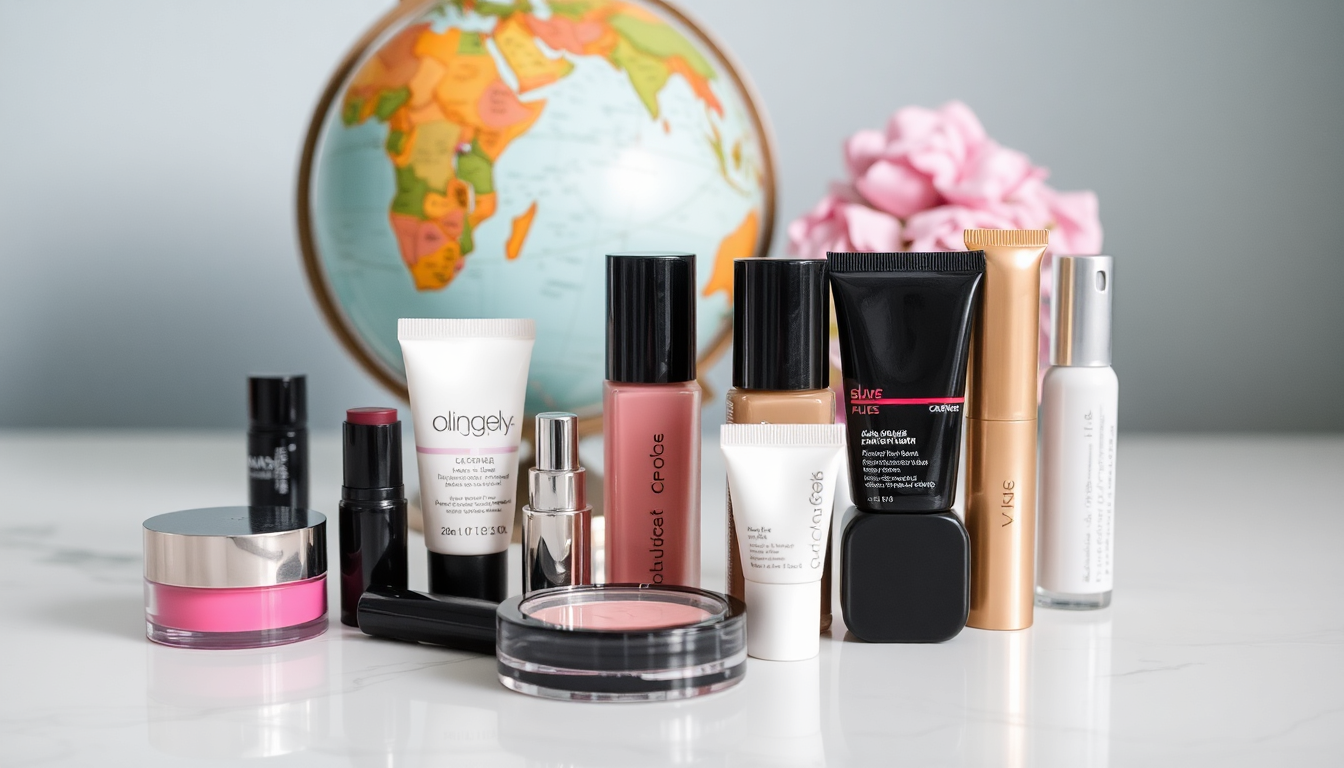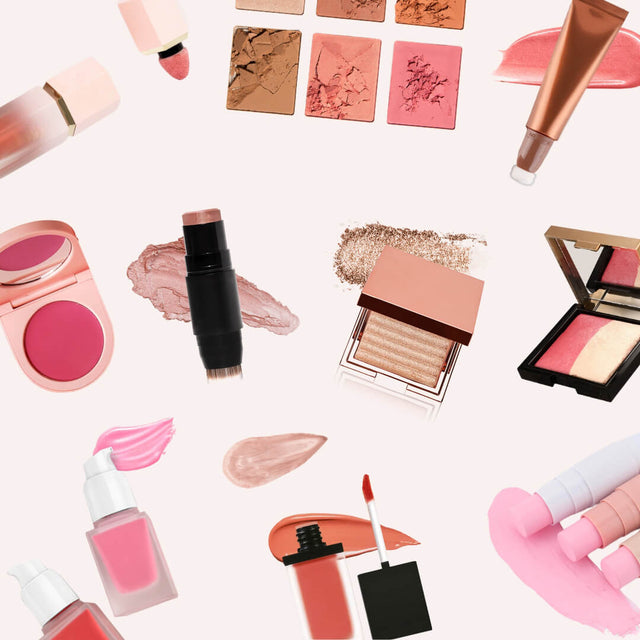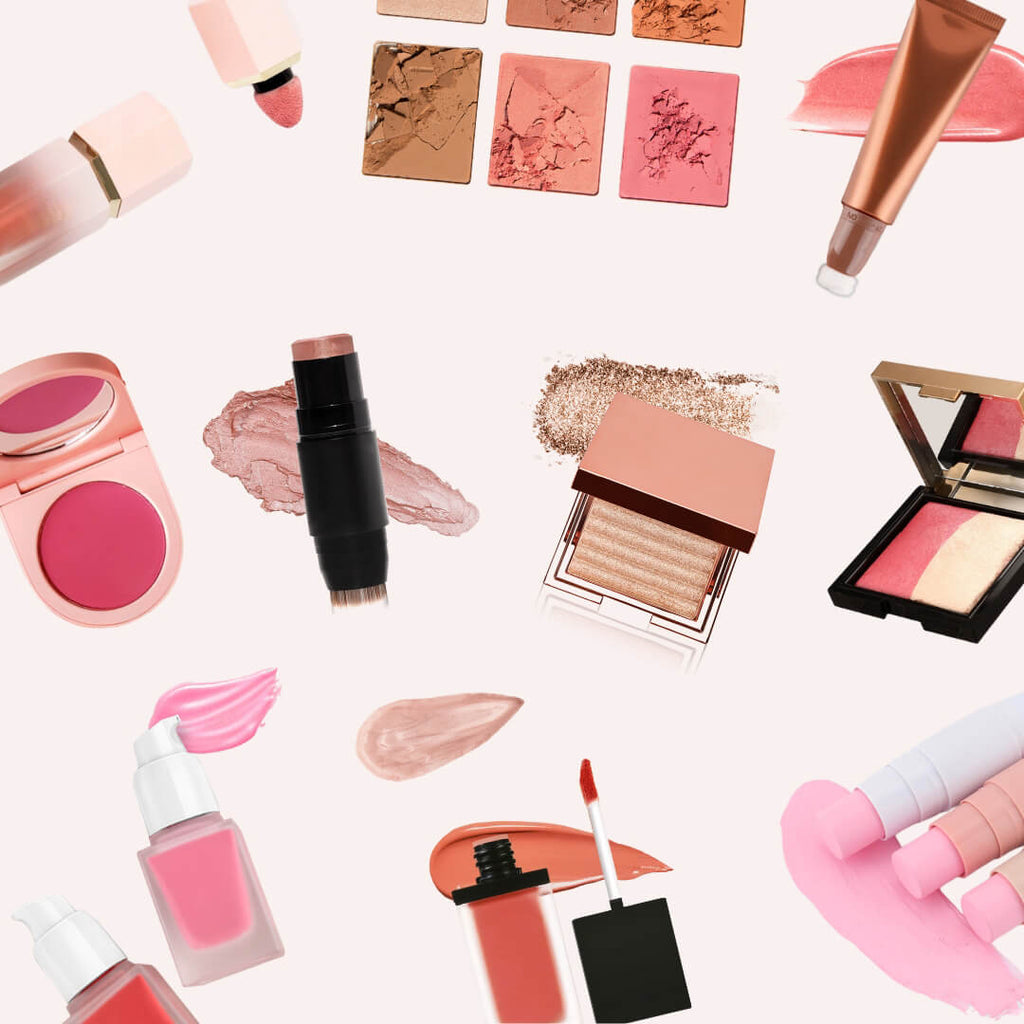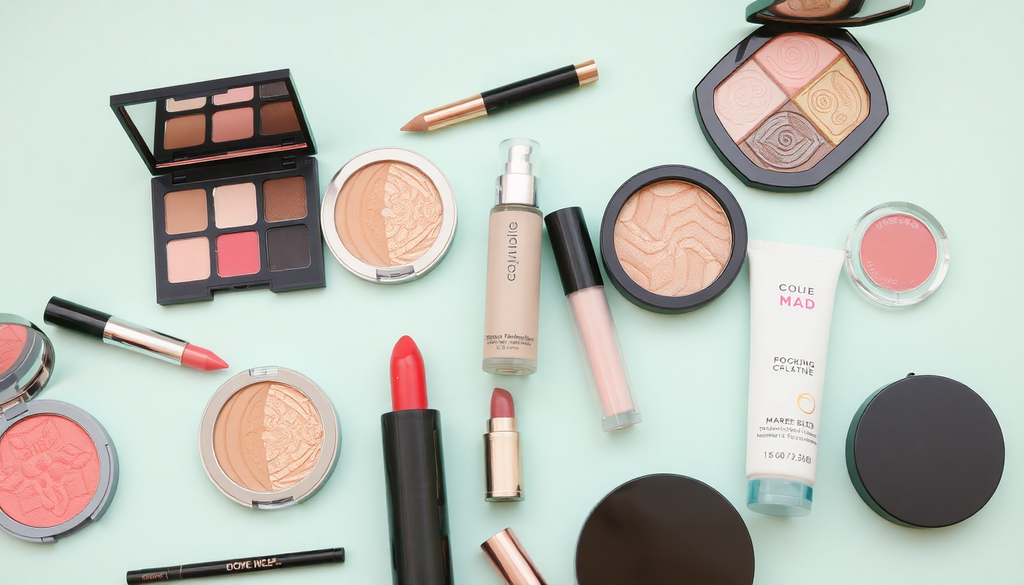
Launching Your Makeup Brand Globally in 2025: Essential Steps for Navigating Cosmetics Regulations and Trendy Innovations Across Key Markets
Introduction
The beauty industry is evolving rapidly, and 2025 is poised to be a landmark year for aspiring makeup entrepreneurs. With the rise of e-commerce and social media, launching your makeup brand on a global scale has never been more attainable. However, to ensure your success, it’s essential to navigate the intricate web of cosmetics regulations and trends that vary across different markets. In this comprehensive guide, we'll delve into the essential steps you need to take to launch your makeup brand effectively while maximizing your reach across key markets worldwide.
Understanding Cosmetics Regulations
Before you dive into product development, understanding the regulations governing cosmetics in various countries is critical. Compliance with local laws not only ensures the safety and legality of your products but also builds trust with your consumers.
1. United States
- FDA Regulations: The United States Food and Drug Administration (FDA) regulates cosmetics under the Federal Food, Drug, and Cosmetic Act. Ensure that your products are not misbranded or adulterated.
- Ingredient Restrictions: Familiarize yourself with the list of prohibited or restricted ingredients published by the FDA. Regular updates to these lists mean that staying informed is crucial.
- Labeling Requirements: Labels must be clear and include the product's identity, net contents, and ingredient list. Specific terms like "hypoallergenic" or "dermatologist tested" have to be substantiated.
2. European Union
- Cosmetic Regulation (EC) No 1223/2009: This comprehensive regulation requires a safety assessment for all cosmetic products before they can be sold in the EU.
- Animal Testing Ban: The EU has strict regulations prohibiting animal testing for cosmetics, making it essential to use alternative testing methods.
- Packaging and Labeling: Labels must include the product's function, ingredient list, and any warnings for safe use. Additionally, a responsible person must be designated within the EU for product accountability.
3. Australia
- NICNAS Registration: In Australia, cosmetics must be registered with the National Industrial Chemicals Notification and Assessment Scheme (NICNAS), which requires companies to provide details about their products.
- Labeling Guidelines: The Australian Competition and Consumer Commission (ACCC) mandates that labels must be truthful and not misleading.
- Ingredient Listings: Ensure adherence to the Australian regulations regarding ingredient disclosure, which includes listing on the product packaging.
4. Asia-Pacific Markets
- China: To sell cosmetics in China, you must comply with NMPA regulations, which often require animal testing unless you qualify for exemptions. Registration with the NMPA is mandatory for all imports.
- Japan: The Pharmaceutical and Medical Device Act (PMDA) governs cosmetics in Japan. Obtain pre-market approval for your products and ensure that all ingredients are listed accurately.
- South Korea: Register with the Ministry of Food and Drug Safety (MFDS) before launching your products. The Korean market is known for its rigorous standards for safety and efficacy.
Setting Up Your Makeup Online Store
With regulations in place, the next step is to set up your online store effectively. Here are the steps that can help you create a successful e-commerce platform for your makeup brand:
- Choose the Right Platform: Selecting the right e-commerce platform is critical for your brand's online presence. Popular options include Shopify, WooCommerce, and Magento, each offering various features tailored to different business needs.
- User Experience: A well-designed website enhances user experience. Focus on easy navigation, fast loading times, high-quality product images, and detailed descriptions. Consider integrating a blog to share beauty tips or product usages, enhancing customer engagement.
- Payment and Shipping: Offer multiple secure payment options, including credit cards, PayPal, and local payment methods depending on your target markets. Choose reliable shipping partners that can deliver efficiently and at reasonable rates.
- SEO Optimization: Invest time in Search Engine Optimization (SEO) to improve your site's visibility. Use relevant keywords in your product descriptions and blog posts to attract organic traffic.
- Mobile Optimization: Ensure your online store is mobile-friendly, as many consumers shop via their mobile devices. A responsive design will enhance user experience and boost sales.
- Analytics and Tracking: Utilize tools like Google Analytics to track user behavior and sales. This data will help you refine your marketing strategies and improve customer engagement.
Marketing Your Makeup Brand
Once your online store is set up, effective marketing strategies become crucial for attracting customers and generating sales. Here are some innovative approaches:
- Influencer Collaborations: Partner with beauty influencers to tap into their established audiences. Influencers can provide authentic reviews and tutorials that resonate with potential customers.
- Social Media Campaigns: Leverage platforms like Instagram, TikTok, and Pinterest to showcase your products. Create engaging content that resonates with your audience, such as makeup tutorials, behind-the-scenes looks at product development, and customer testimonials.
- Content Marketing: Establish a blog or video channel that offers valuable content related to makeup techniques, trends, and tutorials. This positions your brand as an industry authority and attracts organic traffic to your site.
- Email Marketing: Build an email list and send newsletters featuring exclusive promotions, product launches, and beauty tips. Personalization in your emails can significantly boost engagement and conversion rates.
- Trend Integration: Stay updated on current beauty trends, such as clean beauty, gender-neutral products, and minimalist makeup. Consider how these trends can be integrated into your product offerings and marketing campaigns.
- Customer Loyalty Programs: Implement a rewards program to encourage repeat purchases and build brand loyalty. Offer discounts or exclusive access to new products for returning customers.
Trendy Innovations to Consider
To differentiate your brand in a saturated market, consider integrating innovative practices and products that resonate with today's consumers:
- Personalized Products: Offer customization options, such as personalized shades or formulations tailored to individual skin types and tones. This personal touch can enhance customer loyalty.
- Augmented Reality (AR) Try-Ons: Implement AR technology to allow customers to virtually try on your products. This technology not only enhances the shopping experience but also reduces the likelihood of returns.
- Sustainable Practices: Focus on eco-friendly packaging and sourcing ingredients responsibly. Consumers are increasingly favoring brands that prioritize sustainability.
- Inclusivity: Ensure your product range caters to a diverse array of skin tones and types. Highlighting inclusivity in your marketing can resonate with consumers who value representation.
- Subscription Boxes: Consider offering subscription services that deliver curated makeup products to customers every month. This model can create recurring revenue and keep customers engaged with your brand.
- Vegan and Cruelty-Free Formulations: As consumers become more conscious of ethical considerations, offering vegan and cruelty-free products can set your brand apart and attract a loyal customer base.
Conclusion
Launching a global makeup brand in 2025 requires a strategic approach that encompasses understanding cosmetic regulations, building a robust online presence, and implementing effective marketing strategies. By staying informed about local regulations in key markets and integrating trendy innovations into your product offerings, you can position your brand for success. Embrace the journey of entrepreneurship in the beauty industry, and watch your makeup brand thrive on a global scale!




